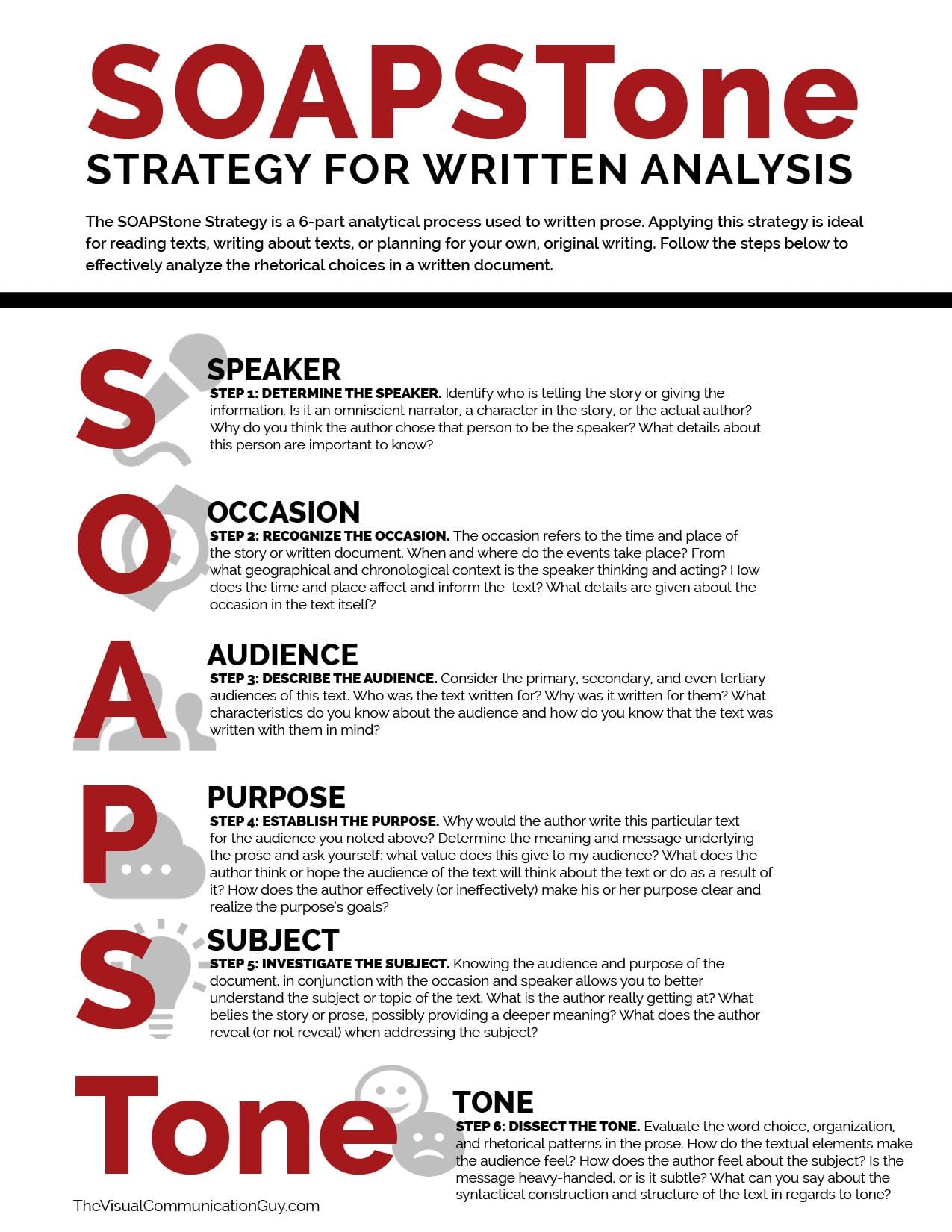Hey there, future AP Lang scholars! Feeling a little intimidated by the rhetorical analysis essay? Don’t worry, we’ve got your back. Meet SPACECAT, your personal guide to dissecting any text like a seasoned pro. Get ready to uncover hidden messages and understand how authors connect with their audiences. With SPACECAT, you’ll be well on your way to mastering rhetorical analysis and conquering that AP Lang exam.
Decoding the Rhetorical Universe with SPACECAT
Ready to launch yourself towards a 5 on the AP Lang exam? SPACECAT is your mission control. This isn’t just a cute acronym; it’s a powerful framework that helps you dissect arguments with surgical precision. Think of it as your decoder ring for complex texts, unlocking the secrets of effective communication. So, buckle up and let’s explore how SPACECAT can help you conquer the AP Language and Composition exam.
What is SPACECAT?
SPACECAT stands for Speaker, Purpose, Audience, Context, Exigence, Choices, Appeals, and Tone. It provides a comprehensive checklist for analyzing rhetoric—the art of persuasion. By breaking down an argument into these components, you can gain a deeper understanding of how and why it works (or doesn’t!).
Navigating the Rhetorical Landscape (SPACE)
The first half of SPACECAT—SPACE—helps you map the rhetorical situation, the backdrop against which an argument unfolds. It’s about understanding the circumstances surrounding the text.
Speaker: Who’s Talking?
Who is the voice behind the message? It’s not just about a name; it’s about understanding the person or group’s background, credibility, and relationship with the audience. Their expertise, biases, and motivations all play a role in how their message is received. A seasoned politician will likely use different tactics than a high school student giving a presentation.
Purpose: What’s the Goal?
Why are they saying this? What’s the speaker’s objective? Are they trying to persuade, inform, entertain, or inspire? Knowing their goal helps us evaluate how effectively they use language to achieve it. Are they looking to change minds, share information, or simply evoke an emotional response?
Audience: Who’s Listening?
Who is the speaker trying to reach? Knowing the intended audience helps you understand the choices a speaker makes. Are they talking to experts, novices, a specific age group, or a particular demographic? Their language, tone, and examples will be tailored to resonate with their intended listeners or readers. A speech to a group of scientists will differ significantly from a speech to kindergarteners.
Context: What’s Happening Around Them?
Think of the context as the backdrop. What’s the historical, social, and cultural setting? Current events, historical trends, and societal norms can all influence the creation and interpretation of a text. Imagine trying to understand a political speech without knowing anything about the political climate at the time – it just wouldn’t make sense! Uncover the secrets of sustainable energy with our in-depth solar panel teas passage that delves into the transformative potential of solar panels and expands your understanding of renewable energy.
Exigence: Why Now?
What sparked this communication? What problem, issue, or event prompted the speaker to create this message? Understanding the exigence helps us see the bigger picture and the speaker’s motivation for addressing this particular topic at this particular time. Think of it as the spark that ignited the speaker’s message. For a deeper dive into exigence, see What does exigence in Spacecat mean?.
Analyzing Rhetorical Tools (CAT)
Now that we’ve laid the groundwork with SPACE, let’s explore CAT—the tools the speaker uses to construct their argument. This is where we analyze the specifics of language and strategy.
Choices: Words That Matter
What specific words, phrases, and literary devices does the speaker use? Do they utilize metaphors, analogies, or powerful imagery? Identifying these choices and analyzing their effectiveness is crucial for understanding how the speaker crafts their message. Some scholars suggest focusing on the most impactful choices, while others recommend a more comprehensive analysis. Current research is exploring the effectiveness of different rhetorical devices in various contexts.
Appeals: Connecting with the Audience
How does the speaker connect with their audience? Do they appeal to logic (logos), emotion (pathos), or credibility (ethos)? Effective arguments often use a combination of all three. Understanding these appeals can help you evaluate the persuasiveness of the text, recognizing that the effectiveness of different appeals can vary depending on the audience and context. For example, a scientific article might rely heavily on logos, while a charity appeal might prioritize pathos.
Tone: The Speaker’s Attitude
What is the speaker’s attitude toward their subject and audience? Are they serious, humorous, sarcastic, or passionate? Tone significantly influences how the audience receives the message. Analyzing tone can reveal underlying meanings and intentions. While there’s often subjectivity in interpreting tone, carefully examining word choice and sentence structure helps us make informed judgments. A formal tone might convey authority, while a more casual tone might build rapport.
SPACECAT in Action: Conquering the AP Lang Exam
SPACECAT isn’t just a cool acronym; it’s your secret weapon for tackling the rhetorical analysis essay. By using SPACECAT, you can systematically analyze any text and craft a well-supported argument about its effectiveness. It helps you organize your thoughts, identify key rhetorical elements, and write a clear and insightful essay. For a more detailed guide on applying SPACECAT, check out How to use SPACECAT in rhetorical analysis?.
SPACECAT: Beyond the Exam
The beauty of SPACECAT is its versatility. You can apply it to analyze everyday communication, from advertisements and political speeches to social media posts. It’s a skill that empowers you to navigate the complex world of information and become a more critical consumer of media. It might even help you craft your own persuasive arguments!
Keep Exploring!
Mastering SPACECAT takes practice. The more you use it, the more comfortable you’ll become. Don’t be afraid to experiment and explore different ways of applying this framework. There are many resources available online and in libraries to further enhance your understanding of rhetoric and SPACECAT. So keep learning, keep practicing, and you’ll be well on your way to conquering the AP Lang exam and beyond! You can even explore how SPACECAT applies to different fields, like analyzing the rhetoric of scientific discoveries or dissecting the persuasive techniques used in marketing.
What does Spacecat stand for in AP Lang?
We’ve already touched upon rhetorical analysis, and now it’s time to formally introduce SPACECAT, your ultimate tool for dissecting texts like a pro. Think of it as your Swiss Army knife for understanding how language works to persuade, inform, or entertain.
SPACECAT stands for Speaker, Purpose, Audience, Context, Exigence, Choices, Appeals, and Tone. Each element is a crucial piece of the rhetorical puzzle. By carefully examining each one, you gain a deeper understanding of how a text operates and achieves its intended effect. For a deeper dive into the acronym itself, take a look at spacecat ap lang.
Diving into the Rhetorical Situation (SPACE)
SPACE helps us understand the background and circumstances surrounding a text.
- Speaker: Who’s the voice behind the message? What is their background, credibility, and relationship with the audience? Their expertise, biases, and motivations all influence how their message is received.
- Purpose: What is the speaker’s goal? Are they trying to inform you about a critical issue, persuade you to buy something, or entertain you with a story?
- Audience: Who is the speaker trying to reach? Are they talking to experts, novices, or a specific demographic? Their language and examples will be tailored to their intended audience.
- Context: What’s the historical, social, and cultural setting? Current events and societal norms can significantly influence how a text is created and interpreted.
- Exigence: What event or issue prompted the speaker to create the message? Understanding the “why now” helps you see the bigger picture.
Examining Rhetorical Choices (CAT)
CAT focuses on the tools and techniques the speaker uses to craft their message.
- Choices: What specific strategies does the speaker employ, like metaphors, allusions, or parallelism? These are the building blocks of persuasive communication.
- Appeals (Aristotle’s Triangle):
- Ethos: How does the speaker establish credibility and trustworthiness? Do they rely on their expertise or cite reliable sources?
- Pathos: Does the speaker evoke emotions like fear, joy, or empathy? Think about powerful imagery or personal anecdotes.
- Logos: Does the speaker use reasoning and evidence to support their claims, such as statistics or logical arguments?
- Tone: What is the speaker’s attitude? Are they serious, humorous, sarcastic, or passionate? Tone greatly impacts how the message is received.
By analyzing each element of SPACECAT, you move beyond simply understanding what a text says and delve into how and why it says it. This deeper understanding is essential for success in AP Lang. While ongoing research refines rhetorical analysis, SPACECAT remains a fundamental tool. Some experts believe it could be enhanced by incorporating digital rhetoric, reflecting how communication has evolved in the digital age. However, SPACECAT’s core principles will likely remain relevant for analyzing persuasive communication, regardless of the medium. This framework provides a solid foundation while acknowledging that our understanding of persuasion is constantly evolving.
How to use SPACECAT in rhetorical analysis?
We’ve discussed what rhetorical analysis entails—deep diving into a text or speech to understand its persuasive techniques. Now, let’s explore how to utilize SPACECAT, your trusty tool for dissecting and understanding these techniques. Consider SPACECAT your Swiss Army knife for rhetorical analysis. For a deeper dive into using SPACECAT, see How to use spacecat in rhetorical analysis?.
SPACECAT stands for Speaker, Purpose, Audience, Context, Exigence, Choices, Appeals, and Tone. It’s your checklist to ensure comprehensive coverage when analyzing communication.
1. Unpacking the Rhetorical Situation (SPACE):
Before diving into the how of persuasion, we need to understand the where, when, who, and why. SPACE maps out the background.
- Speaker: Who’s talking? What’s their background, credibility, and potential biases?
- Purpose: What are they trying to achieve? Convince, inform, entertain, or provoke?
- Audience: Who are they talking to? Experts, the public, or a specific group?
- Context: What’s the historical, social, and cultural backdrop of the communication?
- Exigence: What sparked this communication? What problem or issue is being addressed?
2. Dissecting the Rhetorical Choices (CAT):
Now, let’s zoom in on the how – the techniques the speaker uses.
- Choices: What specific words, phrases, and literary devices does the speaker use (metaphors, repetition, humor)?
- Appeals: Ethos (credibility), pathos (emotion), and logos (logic). How does the speaker use these appeals?
- Tone: What’s the overall vibe? Formal, informal, serious, humorous, sarcastic?
3. Connecting SPACE and CAT:
How do the speaker’s choices (CAT) relate to the rhetorical situation (SPACE)? For instance, a speaker trying to persuade a skeptical audience might rely heavily on logos and a serious tone.
4. Building Your Argument:
All this analysis culminates in your final argument about the communication’s effectiveness. Use SPACECAT to support your claims with concrete evidence, showing how and why the speaker’s techniques work (or don’t).
The Takeaway: SPACECAT isn’t just a formula; it’s a framework for critical thinking about communication. It empowers you to unpack persuasive techniques and form informed opinions. Ongoing research continually shapes our understanding of rhetoric. While SPACECAT provides a strong foundation, there’s always more to learn. You’re not just analyzing a text; you’re developing valuable analytical skills applicable to any communication.
What does exigence in Spacecat mean?
We’ve been discussing rhetoric, and now we’re focusing on exigence: the driving force, the problem or issue that motivates a message. It’s the “Why bother?”—the itch needing scratching, the question demanding an answer. For a more detailed look at applying exigence within the SPACECAT framework, see What does exigence in Spacecat mean?.
Exigence isn’t just context. Context is the bigger picture; exigence is the specific event or circumstance that ignites the conversation. For example, during a heated election season (context), a recent controversial statement by an opponent could be the exigence for a political rally.
Understanding exigence is crucial for effective rhetorical analysis. It reveals the speaker’s motives and the urgency of their message. In an AP Language rhetorical analysis essay, grasping exigence is incredibly helpful for understanding the speaker, audience, purpose, and crafting a nuanced analysis.
While often viewed as a clear-cut event, exigence can be complex and open to interpretation. Ongoing research explores how exigence evolves, especially in digital communication. It’s a dynamic concept. Scholars may debate the primary exigence behind a message, adding to the richness of rhetorical analysis.
So, when analyzing a text, ask: “What’s the spark? What’s the driving force?” Identifying exigence unlocks a deeper understanding of communication’s complexities. It’s a window into the speaker’s mind, motivations, and goals.
- Crypto Quotes’ Red Flags: Avoid Costly Mistakes - June 30, 2025
- Unlock Inspirational Crypto Quotes: Future Predictions - June 30, 2025
- Famous Bitcoin Quotes: A Deep Dive into Crypto’s History - June 30, 2025

















1 thought on “SPACECAT: Your Secret Weapon for Conquering the AP Lang Exam”
Comments are closed.